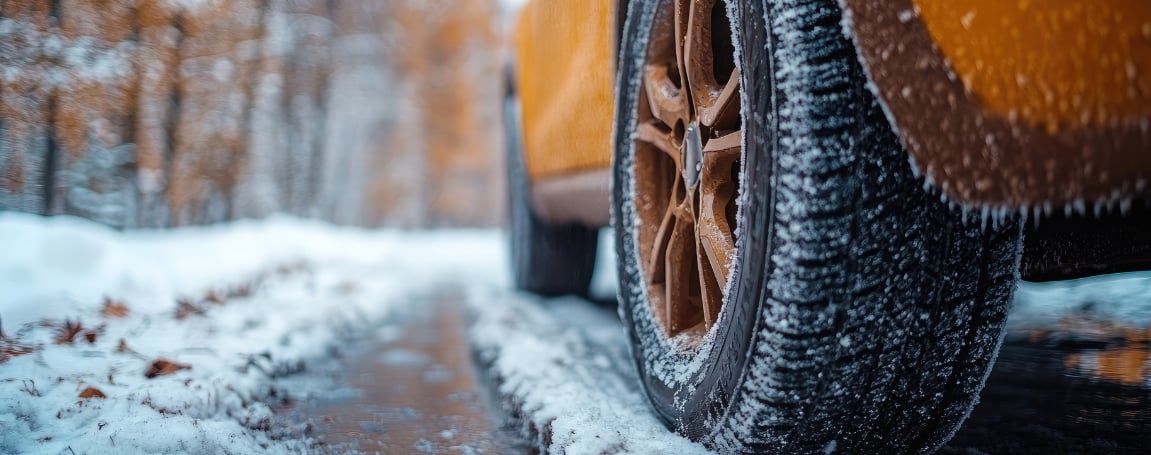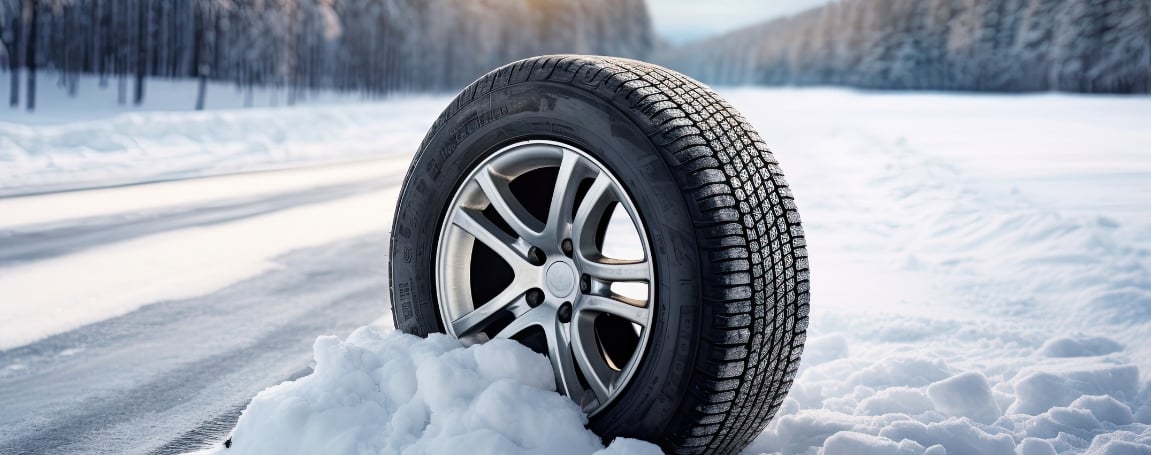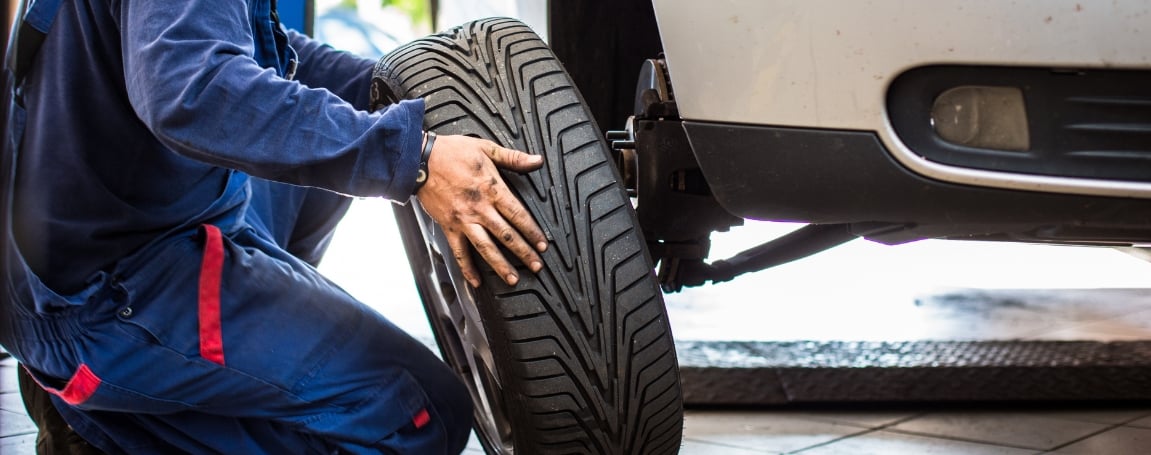Do You Really Need Winter Tires in Nova Scotia? Kia Driver’s Guide | Bruce Kia
Do You Really Need Winter Tires in Nova Scotia? Kia Driver’s Guide | Bruce Kia
Posted on October 31, 2025
If you’ve ever driven through a Nova Scotia winter, you know the conditions can change in an instant. One day it’s wet and slushy, the next it’s icy with blowing snow. While all-season tires may seem like a “good enough” option, the reality is that Nova Scotia roads often demand more grip, better braking, and added confidence, especially when temperatures dip below 7°C. That’s where winter tires come in. Designed with softer rubber and deeper tread patterns, they deliver traction and control that all-seasons simply can’t match when the weather turns harsh.
Winter Tires vs. All-Season Tires in Nova Scotia
So, do you really need winter tires in Nova Scotia? The short answer is yes. All-season tires are built to balance performance across mild conditions, but they stiffen in cold weather and lose the ability to grip ice and snow effectively. Winter tires, on the other hand, remain flexible, offering shorter stopping distances and better stability. For Kia SUVs like the Sorento and Sportage, or family sedans like the Forte, winter tires make highway drives and backroad commutes far safer. For Kia EVs and PHEVs, like the Niro or Sorento PHEV, winter tires also help counter reduced battery efficiency in colder months by ensuring maximum traction with less wasted energy.
When to Switch to Winter Tires

The best time to switch is before the first snowstorm arrives. In Nova Scotia, that usually means late October or early November. A good rule of thumb is when daily temperatures consistently stay below 7°C. Leaving your winter tire swap too late could put you at risk of driving on frosty roads with inadequate grip. Bruce Kia recommends booking your winter tire change appointment early to avoid seasonal rushes and to ensure your Kia is ready for safe driving.
How Long Do Winter Tires Last?

With proper care, most winter tires last about four to six seasons, depending on how often and how far you drive. Rotating them regularly and keeping them properly inflated can extend their lifespan. For Nova Scotia drivers tackling everything from icy rural roads to salted city streets, storing your tires correctly in the off-season also helps maintain their condition. At Bruce Kia, we offer tire storage options to make the seasonal switch as simple as possible.
Do You Need to Replace All Four Tires?

Yes, you do. Driving with only two winter tires can actually make your Kia less safe, as it creates an imbalance in grip and handling. To keep control on slippery roads, you’ll need all four corners of your vehicle equipped with the right tires. Whether you’re driving a compact Kia Soul, a family-sized Telluride, or a Kia EV, four matching winter tires ensure your braking and steering systems work as designed.
Winter Tire Performance for Kia SUVs and EVs
Kia SUVs like the Sportage and Sorento benefit greatly from winter tires, especially with all-wheel drive systems that maximize traction on ice and snow. For Kia EV and PHEV owners in Nova Scotia, winter tires not only improve grip but also play a role in efficiency. Cold weather already reduces driving range, but when your tires can dig into snow rather than spin on ice, you’ll save precious battery power and extend your winter range.
Practical Tips for Nova Scotia Winter Driving
Beyond just switching to winter tires, drivers in Nova Scotia should keep a close eye on tire pressure during the colder months. Air contracts in low temperatures, which can lead to underinflated tires, longer braking distances, and uneven wear. Checking your pressure every few weeks will keep your Kia performing at its best. Pairing winter tires with Kia’s advanced safety systems like Lane Keeping Assist or Forward Collision-Avoidance Assist gives you an added layer of confidence when navigating icy highways or snow-covered side streets.
FAQ: Winter Tires in Nova Scotia
Do I really need winter tires in Nova Scotia?
Yes, winter conditions here make them essential for safety and control.
Are winter tires mandatory in Nova Scotia?
No, they’re not required by law, but strongly recommended for safe driving.
When should I switch to winter tires in Nova Scotia?
Usually late October or early November, when temperatures drop below 7°C.
How long do winter tires last?
On average, four to six seasons with proper care and rotation.
Do I need to replace all four tires with winter tires?
Yes, for balanced handling and maximum safety, all four should be winter tires.
How does cold weather affect tire pressure?
Cold air reduces pressure, so check and adjust frequently during winter.
Do winter tires affect the range of Kia EV or PHEV models?
Yes, they help maintain efficiency by reducing slippage, which conserves battery power.
Drive Safer with Bruce Kia Tire Service
At Bruce Kia in Yarmouth, NS, we know what it takes to keep your Kia safe during winter. Whether you need advice, tire storage, or a full seasonal changeover, our team is ready to help. Don’t wait until the first storm hits, equip your Kia with the right tires for Nova Scotia’s unpredictable winters.
Book Your Tire Service at Bruce Kia
